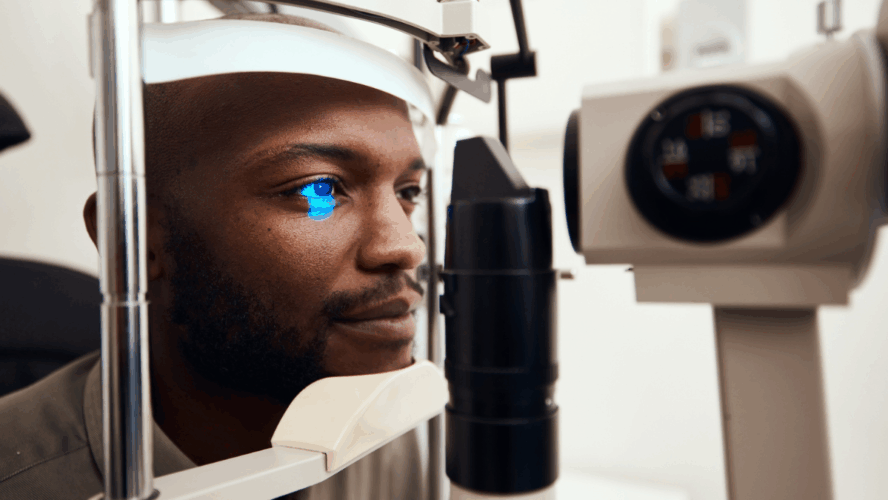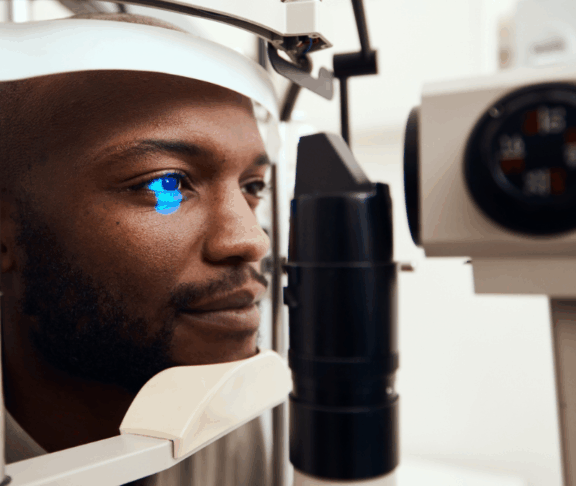
Jasmin Adebisi
Health Policy Manager, Policy Connect
Eye and vision services touch millions of lives every year. Around 20 million sight tests are carried out annually by optometrists on High Streets across the UK.1
Sight tests not only safeguard vision but also provide vital health data that can reveal early signs of wider conditions such as diabetes, cardiovascular disease and glaucoma.
Opportunities in technology and the NHS Long Term Plan
The Government’s 10-Year Health and Care Plan places prevention at its core, and nowhere is prevention more cost-effective than in eye health. Advances in imaging technology and artificial intelligence are likely to offer greater opportunities for early detection, triage and monitoring.
In Gloucestershire, giving optometrists access to shared records and imaging has already reduced hospital referrals and cut waiting lists by 14%, with faster care for patients. If scaled nationally, such models could release up to 1.9 million hospital, GP and A&E appointments every year.2
Challenges of provision: interoperability, demand and workforce
Despite this promise, systemic barriers persist. One of the starkest is digital fragmentation: while optometrists collect vast amounts of clinically valuable data, there is currently no national mechanism for sharing this with GPs, ophthalmologists or hospitals. As a result, patients face prolonged waits for diagnoses and unnecessary hospital referrals. This lack of interoperability stifles the very efficiencies that technology promises.
Meanwhile, demand for Hospital Eye Services continues to rise faster than workforce capacity. Only a quarter of eye units believe they have enough consultants to meet current needs.
The location of optometry services on High Streets
means they are often more accessible than hospitals,
reducing travel time and increasing flexibility for patients
Tackling inequalities in access to care
Eye health inequalities remain stark. Those in deprived communities are both more likely to suffer sight loss and less likely to access timely eye care. The location of optometry services on High Streets means they are often more accessible than hospitals, reducing travel time and increasing flexibility for patients. Expanding the role of community optometrists through national rollouts of urgent eye care services, glaucoma and cataract pathways would improve equity of access while easing pressure on overstretched hospitals. Policy Connect and the All-Party Parliamentary Group for Health are currently running an inquiry into improving access to primary care services. Optometry and eye health are a central pillar of this work. This autumn, we will launch a formal call for evidence, inviting patients, practitioners and policymakers to help shape a future where sight is safeguarded for all.
[1] Association of Optometrists. Investing in IT infrastructure for the NHS.
[2] Association of Optometrists. 2024. Key interventions to transform eye care and eye health.


